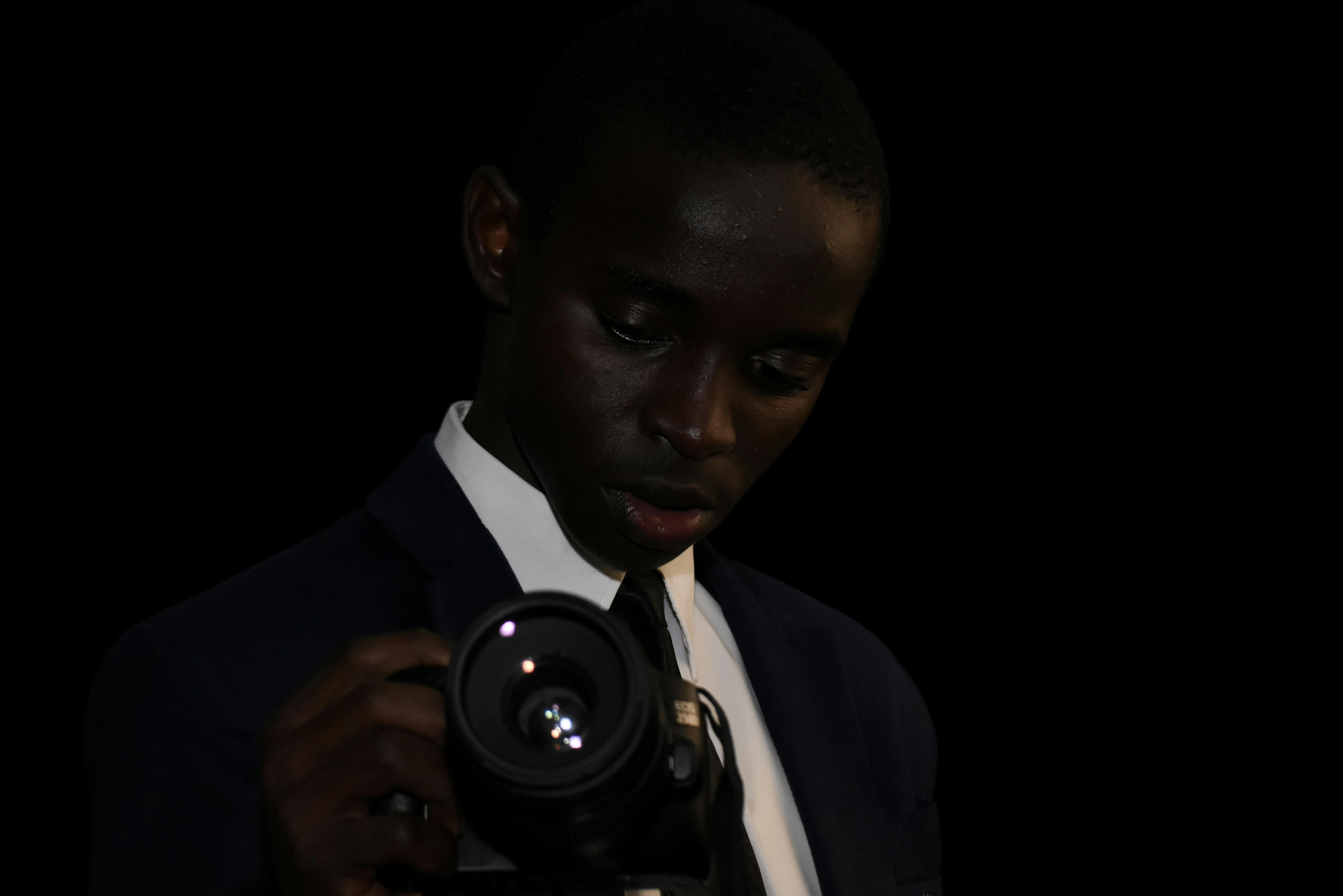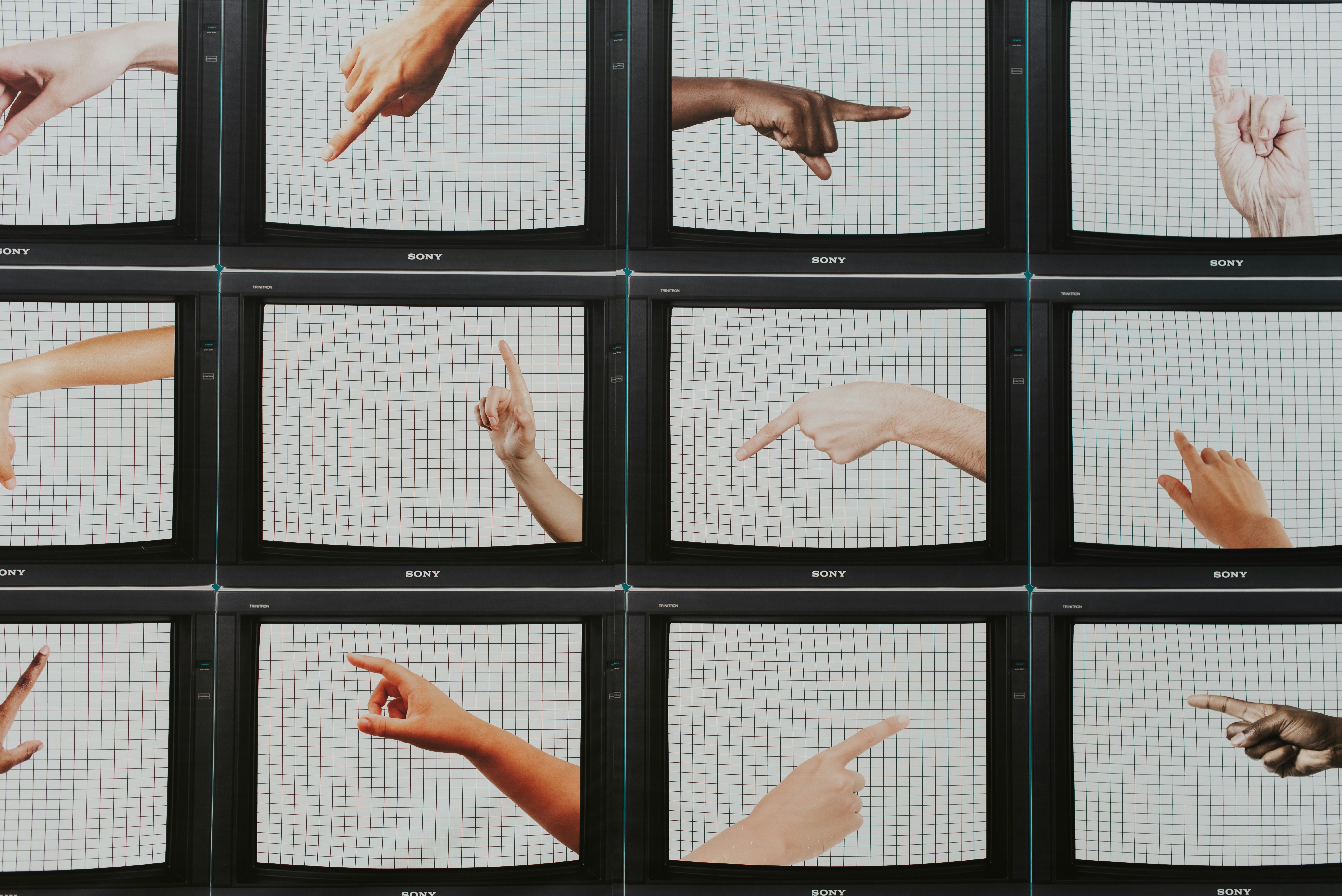Master Natural Light: Use Shadows and Everyday Objects for Great Photos
Have you ever marveled at a stunning photograph and wondered how the photographer harnessed natural light and everyday objects to create such magic? The truth is, you don’t need top-tier camera gear to generate captivating images. With an understanding of the science of shadows and some ingenuity, you can elevate your photography skills remarkably—without breaking the bank on expensive equipment. In this article, we explore how to effectively utilize natural light and common household items to craft impactful photography that tells a story and evokes emotion.
Understanding Natural Light and Its Play with Shadows

Natural light is a dynamic element in photography that varies with time, weather, and environment. It can dramatically affect the mood and quality of your images. Think of it as your most versatile tool—combining it with shadows can yield stunning effects that enhance your photography’s narrative.
Shadows create dimension and evoke emotional responses within a photograph. They can act as a guide, leading the viewer's eye through the frame. Understanding the direction of light is crucial; it will affect how shadows manifest and where they fall. For instance, the soft light of early morning or late afternoon produces long, gentle shadows that can add an ethereal quality to your images. Conversely, harsh midday light yields elemental shadows with stark contrasts.
For more inspiration on equipment choices tailored to specific conditions, check out our post on finding the perfect lens for landscapes.
Harnessing Everyday Objects for Creativity

What if I told you that you could leverage any oject around your home—like a window, a book, or even a piece of cloth—as a creative tool in photography? Everyday objects can serve as both props and tools for creating stunning images.
The Window Light Effect

A common technique is utilizing window light. Natural light pouring through a window creates beautiful, soft illumination. Position a subject close to the window and simply adjust their angle to find the most flattering light. The shadows created by the windowframe or curtain can also frame your subject or produce a dramatic effect.
You can enhance this technique by using household items such as prisms or glassware. By placing these objects in the path of your light source, you can introduce intriguing refractive elements into your framing. This is a great way to experiment with light dispersion and add depth to your photography.
Shadow Play with Props

Another fascinating technique involves casting shadows with props. For example, place a translucent object (like a lace curtain or a sieve) in front of your light source to project intricate shadow patterns onto your subject. This method is fun and allows for great creative freedom—the possibilities are nearly endless!
For an in-depth look at unconventional gear that produces beautiful photography, explore our feature on the art of imperfection.
Mastering Color and Mood Through Light and Shadows

Light doesn’t just emphasize shapes; it also plays a significant role in conveying color and mood. The relationship between light, shadows, and color can enhance your storytelling capabilities in photography.
Warm vs. Cool Light

Understanding the difference between warm and cool light can aid in your photographic vision. Warm light, often seen during golden hours, imparts a comforting, inviting feel. Conversely, cool light can create a somber, mysterious ambience. Consider how shadows shift in color depending on the hour and direction of your light source. Influencing your color palette in this way allows you to control the emotion of your images.
To deepen your understanding of how psychology interacts with color in photography, check out our guide on mastering gear choices for mood.
Experiment with Silhouette Photography

Silhouettes are a captivating way to utilize natural light and shadows creatively. They transform subjects into singular forms, compelling the viewer to focus on shape and outline rather than intricate details.
To capture an effective silhouette, position your subject against a bright background. Capture the moment just before the sunset or sunrise when the horizon glows, creating a stunning backdrop. Make sure your camera settings are adjusted to expose for the background light; this will underexpose your subject, giving it that strong silhouette effect.
Incorporating Movement for Depth

You can also incorporate dynamic elements into your silhouette photography. Use human figures in motion to generate compelling, energetic shapes that captivate the viewer's eye. This could be someone jumping or dancing in front of your backdrop, effectively adding a sense of narrativity to the portrait.
The Versatile Use of Textures

Texture in photography adds another layer of depth, enabling you to create captivating images even with minimal gear. By focusing on the interplay between light, shadow, and texture, you can evoke sensory responses from viewers.
Using Textured Backgrounds

Textures can be found everywhere—natural or manmade. A brick wall, a wooden surface, or even wrinkled fabric can all serve as compelling backgrounds. Experiment by adjusting your angle to capture how shadows fall across these textures.
You can learn more about mastering unique gear for weather photography by checking out our article on textures in time.
Combining Textures with Light

As you combine the right textured backgrounds with your lighting techniques, make sure to play around with your camera settings. Lowering your aperture can create a dreamy, blurred background while keeping your subject sharp, drawing in viewers’ attention.
Creative Editing Techniques

Post-processing can elevate your images, enhancing the effects of light, shadow, and texture. While the perfect composition starts in-camera, a few edits can turn good photographs into great ones.
Add Contrast and Dynamics

When editing, consider adjusting the contrast to emphasize shadows and highlights. This technique can guide viewers' eyes to essential elements within your image, enhancing the dramatic impact of shadows.
Moreover, try experimenting with color correction; altering hues can transform the mood entirely. You might want to push the warmth or coolness further, reinforcing the emotional punch you’re targeting in your composition.
Utilize Editing Software

There are plenty of user-friendly editing tools available, from Adobe Lightroom to Snapseed, so you don’t necessarily need expensive software to achieve stunning results. Explore each platform’s tutorials or blogs focusing on editing techniques to improve your skills.
After reading this piece, if you’re looking for some must-have accessories to improve your photography experience, don't miss out on our detailed list of camera accessories for 2025.
Final Thoughts
So, are you ready to embrace the challenge of using natural light and everyday objects creatively in your photography? Remember, the magic lies in experimentation. Every element you incorporate—light, shadows, and mundane objects—can create extraordinary art. It’s not about the gear in your bag; it’s about how uniquely you can tell a story through your lens.
As you navigate your creative journey, remind yourself that impactful photography often emerges from resourcefulness, curiosity, and a keen eye for detail. So grab your camera and start experimenting today!



